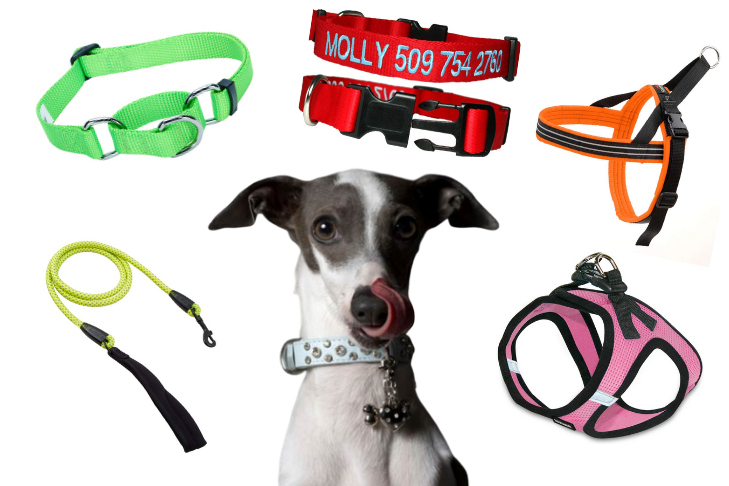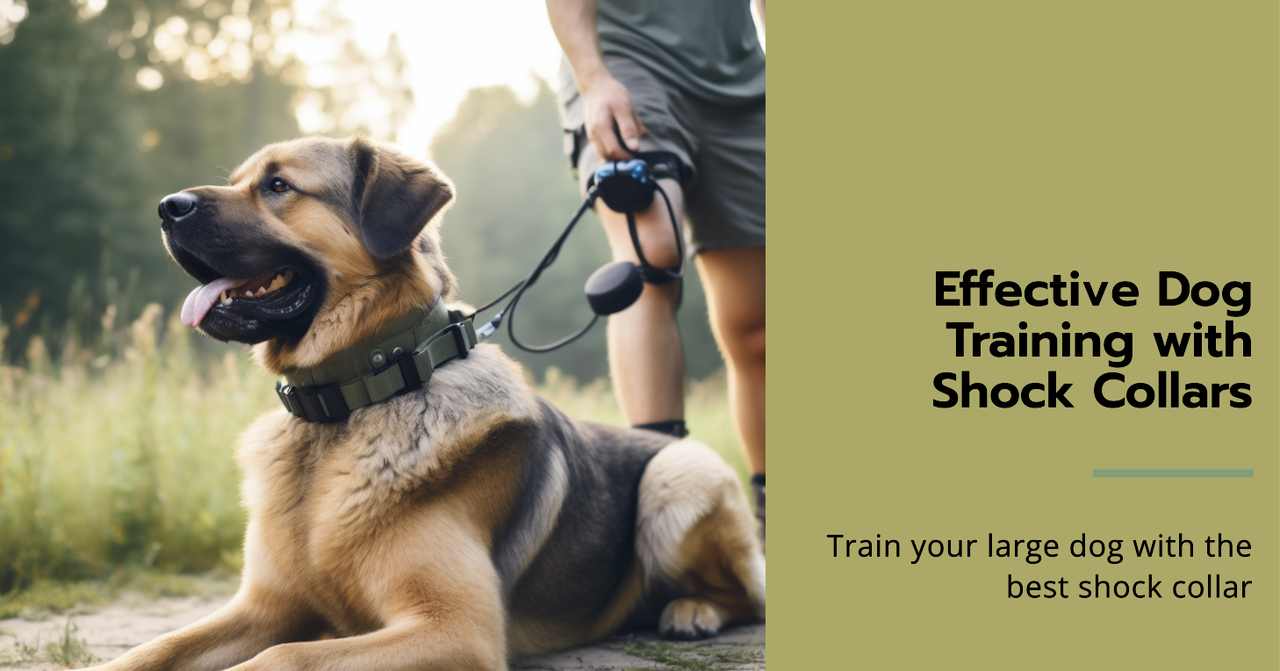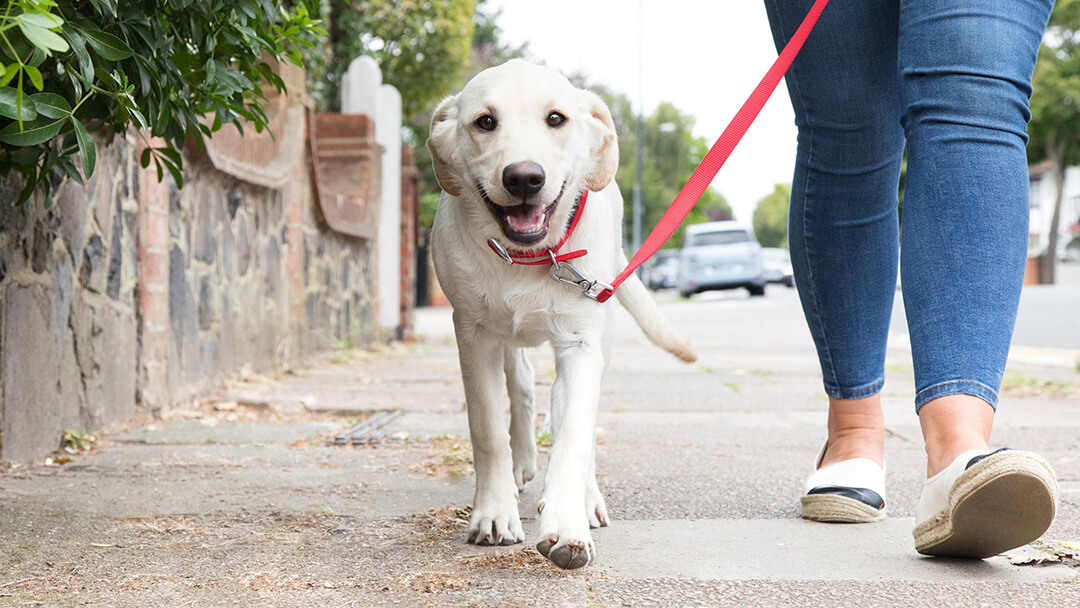The Best Collar for Training Dog Walking: A Comprehensive Guide 2024
The Best Collar for Training Dog Walking: A Comprehensive Guide 2024, Training your canine to stroll properly on a leash is a vital element of dog ownership, making sure not best a pleasing experience for every you and your doggy but also safety and manage in numerous environments. One of the most essential tools in accomplishing that is the proper collar. With a myriad of options available, selecting the wonderful collar for training your canine may be overwhelming. This manual delves into the forms of collars to be had, their advantages, capacity drawbacks, and expert hints that will help you make an knowledgeable decision.
Understanding the Basics of Dog Training Collars
Dog education collars are designed to assist in education your canine precise leash manners and decreasing unwanted behaviors. Each kind of collar serves a specific reason, and it’s essential to apprehend those functions to pick out the terrific healthy on your dog’s temperament, length, and education desires.

Types of Dog Training Collars
Flat Collars
Description: These are the most common collars, typically crafted from nylon, leather, or unique durable substances.
Benefits: Suitable for normal use, offering a place to connect ID tags.
Drawbacks: Limited control for dogs that pull or are results easily distracted.
Martingale Collars
Description: Also called restrained-slip collars, martingales tighten barely whilst the canine pulls but are designed to prevent choking.
Benefits: Effective for dogs with slender heads, like Greyhounds, as they save you the collar from slipping off. Offers more manipulate than flat collars.
Drawbacks: May nonetheless allow some pulling if now not used efficiently.
Choke Chains
Description: Metal chains that tighten around the canine’s neck while pulled.
Benefits: Provides strong correction for pulling behavior.
Drawbacks: Risk of harm if used improperly; can motive bodily harm and pressure.
Prong Collars
Description: Collars with pronged hyperlinks that pinch the dog’s neck while anxiety is implemented.
Benefits: Distributes pressure lightly, effective for strong pullers.
Drawbacks: Controversial due to capacity for misuse; can purpose ache if no longer used efficiently.
Head Collars (Head Halters)
Description: Resemble a horse halter, becoming throughout the canine’s muzzle and neck.
Benefits: Provides brilliant manage, reducing pulling by means of redirecting the canine’s head.
Drawbacks: Some puppies may also moreover resist wearing them first of all; calls for proper creation and training.
Harnesses
Description: Fits across the canine’s chest and back, with a leash attachment on the decrease returned or the front.
Benefits: Reduces pressure on the neck, great for puppies with breathing problems or neck accidents. Front-clip harnesses are in particular powerful for decreasing pulling.
Drawbacks: Can inspire pulling if used improperly, mainly back-clip harnesses.
Electronic Collars (E-Collars)
Description: Use digital stimulation to accurate behavior, generally controlled through far off.
Benefits: Effective for off-leash training and correcting intense behavioral issues.
Drawbacks: Requires cautious use to avoid causing worry or soreness; moral issues and functionality for misuse.

Choosing the Best Collar for Your Dog
The Best Collar for Training Dog Walking When selecting the notable collar for education your dog to walk, do not forget the subsequent elements:
1.Dog’s Size and Breed
Larger breeds might also additionally require stronger collars like prong collars or head halters, while smaller breeds would possibly do better with martingales or harnesses.
2.Behavioral Needs
The Best Collar for Training Dog Walking For puppies that pull excessively, a head collar or the front-clip harness can offer higher control. Dogs with competitive inclinations may also moreover enjoy the extra precise correction of a prong collar, used with expert steerage.
3.Training Goals
Determine whether you’re specializing in simple leash manners or addressing greater immoderate behavioral issues. For stylish schooling, martingale collars or harnesses are often sufficient.
4.Comfort and Safety
Ensure the collar fits well and is comfortable on your canine to put on. Avoid collars that might cause injury or pressure.
Best Practices for Using Training Collars
Proper Fit
The Best Collar for Training Dog Walking Ensure the collar fits snugly however now not too tight. For flat and martingale collars, you need to be able to slip arms below. For prong collars, seek advice from an expert to ensure accurate sizing and vicinity.
Positive Reinforcement
Use education collars alongside tremendous reinforcement techniques. Reward your dog for authentic conduct to construct high first-rate institutions.
Gradual Introduction
Introduce new collars often, permitting your canine to get used to the feeling earlier than the use of them for schooling. Start with quick, wonderful periods.
Professional Guidance
Seek steerage from expert running shoes, especially whilst the usage of extra superior collars like prong or digital collars. Improper use can result in behavioral problems or harm.
Consistency and Patience
Consistent schooling and staying power are key. Dogs look at their personal pace, and everyday exercising is critical for achievement.

Recommended Collars for The Best Collar for Training Dog Walking
Based on expert opinions and client reviews, The Best Collar for Training Dog Walking here are some of the pinnacle-rated collars for schooling dog on foot:
PetSafe Gentle Leader Head Collar
Description: A famous head collar that offers excellent control via manner of steering the canine’s head.
Benefits: Reduces pulling and is gentle on the dog’s neck. Includes an academic DVD.
Drawbacks: Some puppies may also resist wearing it first of all.
Ruff wear Front Range Harness
Description: A bendy harness with each back and front leash attachments.
Benefits: Durable, comfortable, and effective for reducing pulling.
Drawbacks: May now not be appropriate for terribly sturdy pullers.
Herm Sprenger Ultra-Plus Prong Collar
Description: An extremely good prong collar with a short-launch function.
Benefits: Provides effective correction for sturdy pullers; stainless steel advent.
Drawbacks: Requires proper use to avoid harm.
Blue-9 Balance Harness
Description: A fantastically adjustable harness with a couple of attachment factors.
Benefits: Customizable healthy for numerous dog styles and sizes; powerful for schooling.
Drawbacks: Higher fee issue as compared to three different harnesses.
Fi Series 2 Smart Collar
Description: A GPS-enabled collar that combines training and monitoring functions.
Benefits: Tracks your dog’s vicinity and pastime; durable and water-resistant.
Drawbacks: Higher charge and requires a subscription for GPS services.
Types of The Best Collar for Training Dog Walking
The Best Collar for Training Dog Walking There are several types of collars that can be effective for training your dog during walks. Here, we compare the most popular options:
| Collar Type | Description | Pros | Cons |
| Flat Buckle Collar | A standard collar with a buckle or clasp and an O-ring or D-ring for attaching a leash. | Comfortable, widely available, easy to adjust. | Limited control may cause neck strain if the dog pulls. |
| Martingale Collar | A collar that tightens slightly when the dog pulls, preventing them from slipping out. | Provides more control, prevents escape. | May cause discomfort if not adjusted properly. |
| Head Collar (Halti/Gentle Leader) | Fits around the dog’s muzzle and head, allowing the handler to guide the dog’s head. | Great control, discourages pulling, safe for all breeds. | Some dogs may initially resist wearing it, can cause neck strain if used improperly. |
| Harness | Fits around the dog’s chest and torso, distributing pressure away from the neck. | Reduces neck strain, good for dogs that pull, especially small breeds with trachea issues. | Can encourage pulling if not used with proper training techniques. |
| Slip Collar (Choke Chain) | A chain that tightens when the dog pulls, providing immediate correction. | Effective for immediate correction, easy to use. | Can cause injury if used improperly, not recommended for inexperienced handlers. |
| Prong Collar | A collar with prongs that pinch the dog’s neck when they pull, distributing pressure evenly. | Effective for strong pullers, distributes pressure evenly, quick corrections. | Can cause discomfort or injury if misused, requires proper fitting and supervision. |
| Electronic Collar (E-Collar) | Uses electronic stimulation to provide corrections for unwanted behavior. | Effective for off-leash training, customizable levels of stimulation, quick corrections. | Requires proper training to use humanely, can be controversial, risk of misuse. |
FAQs
Q: Which collar is quality for a dog that attracts loads?
A: For dogs that pull, a head collar, martingale collar, or a well ready harness may be effective. These collars offer greater control and distribute strain far away from the neck.
Q: Are prong collars secure for education?
A: Prong collars may be secure and powerful if used correctly and outfitted nicely. However, they should be used beneath the steerage of a professional teacher to save you ache or damage.
Q: How do I apprehend if my dog’s collar is really too tight?
A: Use the 2-finger rule: you need so that it will in shape two hands snugly many of the collar and your canine’s neck. If you can’t suit your hands, the collar is without a doubt too tight.
Q: Can I go away my canine’s schooling collar on all day?
A: Training collars, specifically people who exercise pressure or corrections, need to know not be left on all day. They must be used in the course of schooling periods and eliminated in a while to prevent ache or damage.
Q: What sort of collar is nice for a small canine?
A: For small dogs, a harness is often the exceptional choice as it distributes pressure a long way from the neck and is slight on their sensitive tracheas. A flat buckle collar can also artwork if the dog doesn’t pull.
Q: How do I choose the proper collar for my canine?
A: Consider your canine’s conduct, duration, and precise training goals. Consult with a expert teacher in case you’re unsure. Always make sure the collar fits properly and is cushy to your canine.
Conclusion
The Best Collar for Training Dog Walking Selecting the first-rate collar for education your canine to walk is a essential decision that impacts the effectiveness of your training and your canine’s nicely-being. By know-how the numerous kinds of collars available and thinking about your canine’s specific wishes, you can select a collar that facilitates notable, steady, and powerful education durations. Remember to use collars responsibly, combining them with superb reinforcement and professional guidance to ensure a worthwhile enjoy for every you and your canine.







